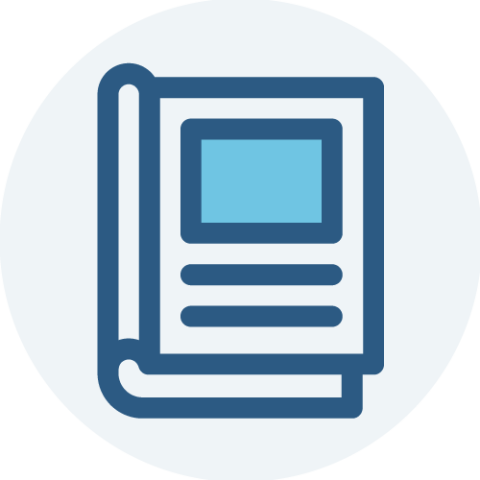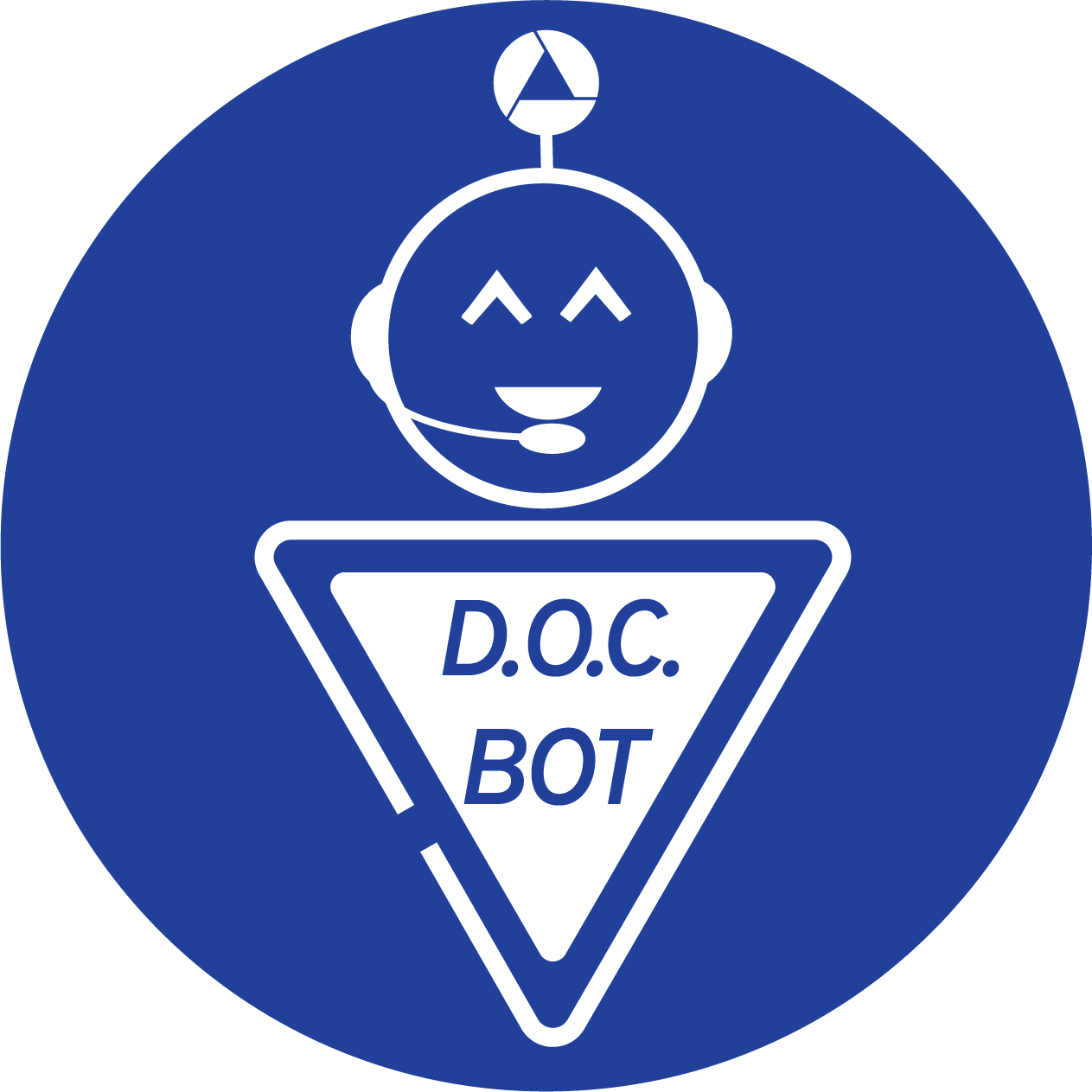
Noriaki Ono is an orthodontist-scientist and a tenured Associate Professor at the University of Michigan School of Dentistry, Ann Arbor. His laboratory studies the fundamental biology of stem cells that play important roles in bone development, diseases and regeneration. Ono completed his D.D.S., Ph.D. and orthodontic training in Tokyo Medical and Dental University, Japan, with a diplomate of the Japanese Board of Orthodontics. Ono subsequently completed his research fellowship in Massachusetts General Hospital, Boston, under mentorship of Dr. Henry Kronenberg. Ono’s research program has been continuously supported by NIDCR since 2012 through K99, R00 and R01 mechanisms. His work on skeletal stem cells has been published in prominent journals such as Nature, Nature Communications, Journal Bone and Mineral Research and the Journal of Dental Research.
1. How did you first learn about the AADR and what motivated you to join?
I learned about the AADR when I came to the United States in 2009. Because my research focus is more relevant to the American Society for Bone and Mineral Research (ASBMR), and I was a member of the IADR Japanese Section but I didn’t formally join AADR until 2013 when I presented my poster for the first time at the Annual Meeting. At that time I wanted to network more broadly with scientists in a dental school setting and being an AADR member gave me those fantastic opportunities. I’ve been constantly participating in the AADR Annual Meeting since then.
2. Can you describe your research? How do you hope your work will impact others?
My laboratory uses genetically engineered mice to study the fundamental biology of stem and progenitor cells of the bone cell lineage in growth, development and homeostasis. The three major focuses of the laboratory are: the growth cartilage, craniofacial bones and bone marrow stromal cells. I hope that our research will impact others in a way to improve our knowledge on important stem cell populations pertinent to bones that may be instrumental for future bone regenerative therapies.
3. Can you describe your experience being a researcher from an underrepresented group in science?
Overall, I don’t feel that Asians are underrepresented in science in general and the dental research field. However, I still feel that there aren’t as many Asian investigators in a leadership role in the field. That may be something that can be gradually changed in the future.
4. Have you had the opportunity to mentor underrepresented minorities or work to increase diversity in science? If yes, can you describe your experience and what agencies/organizations you worked with?
I have not had an opportunity to mentor scientists from underrepresented minorities such as African Americans and Hispanics, although I am very interested in recruiting them to my laboratory.
5. Based on your experience, how would you encourage AADR members to help increase the diversity of the research workforce?
It is extremely important to increase the awareness that there are strong opportunities for underrepresented minorities in the field. Disseminating information is just the first step. We must actively recruit students or trainees to our field, to maintain the diversity of the research workforce.
6. What role do you think professional associations can play in supporting its members who are members of underrepresented minority/ethnic groups?
Based on my experiences, I feel that what underrepresented minorities struggle the most is to identify a truly supporting mentor. AADR can provide a platform where underrepresented minorities can prospectively match with mentors in many career levels, for example, postdoctoral training, residency training etc., in a way that is not possible by a single institution.




